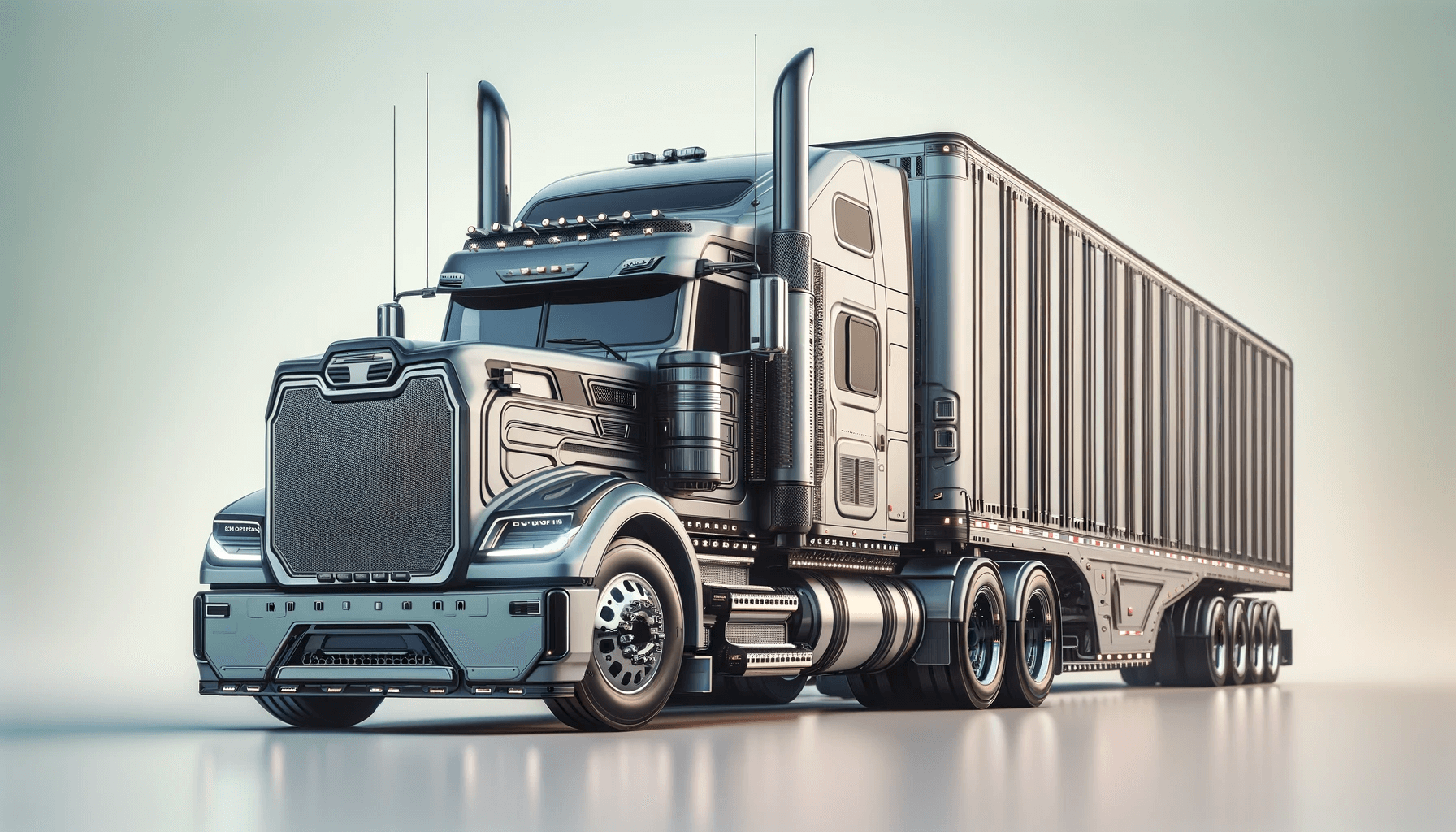What is a CDL?
Explore the essentials of a Commercial Driver’s License (CDL), including types, qualifications, and endorsements needed for driving commercial vehicles in the U.S.
CDL stands for Commercial Driver’s License. This special license is a must-have for anyone planning to operate large or heavy vehicles, or vehicles carrying hazardous materials for commercial purposes in the U.S.
If you’re eyeing a career that involves driving commercial motor vehicles (CMVs), you’ll likely need a CDL. Plus, depending on the vehicle type—like those with air brakes, tank trucks, hazardous materials, or passenger vehicles—you’ll need specific endorsements like Air Brakes, Hazardous Materials (Hazmat), Tankers, or Passenger Vehicles.
To earn these endorsements, be prepared to pass some written tests and possibly skills tests, depending on the endorsement. For high-stakes stuff like Hazmat, you’ll also need to be fingerprinted and pass a TSA security threat assessment.
What’s a Commercial Learner’s Permit (CLP)?
A CLP or CDL Permit is your first stepping stone towards a CDL. It’s essential for practicing with a commercial motor vehicle (CMV). You’ll get your CLP after acing the knowledge tests for your desired CMV class and endorsements. Learn more about the CDL Permit here.
The Role of a CLP
A CLP lets you legally practice driving a CMV—but there’s a catch. You must be accompanied by someone who holds a valid CDL with the right endorsements for the vehicle you’re driving. Think of it as your learning period, where you’ll need at least 14 days of practice with a licensed driver before you can take the skills test.

Secure your CDL with confidence!
Our exclusive CDL Premium program offers comprehensive online training with an ELDT certificate, authentic exam questions, and a solid Pass Guarantee, starting at only $49. Ideal for first-time applicants, seasoned drivers, and those new to the U.S. road rules.

Written by Andrei Zakhareuski. With over 16 years of expertise, Andrei leads Driving-Tests.org, a top online resource for driver education. His leadership has established vital partnerships with over 2,600 libraries, educational bodies, and state agencies.
Was this page helpful?
